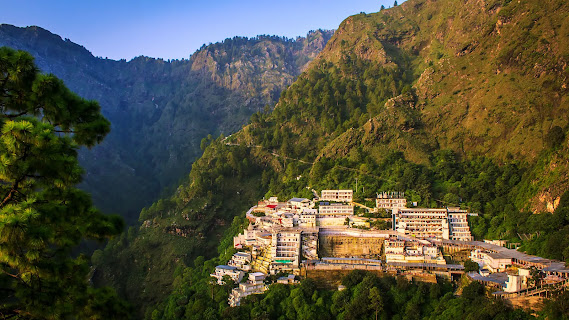Red Fort
RED FORT
Introduction
The Red Fort, or Lal Qila, remains as an unmistakable image of India's rich history and engineering loftiness. Situated in the core of Delhi, this seventeenth century stronghold draws in great many travelers every year who are anxious to step back in time and witness a cut of India's excellent Mughal period. Yet, what makes the Red Post so enamoring? How could it change from an imperial home to a public image? In this article, we'll investigate 500 words worth of features about the Red Post, unwinding its lofty excellence, captivating history, and why it's quite possibly of India's most cherished milestone.
The Historical Legacy of the Red Fort
Built between 1638 and 1648 by Mughal Emperor Shah Jahan, the Red Fort served as the main residence of the Mughal dynasty for over two centuries. This UNESCO World Heritage Site was constructed when Shah Jahan decided to shift the capital from Agra to Delhi, envisioning a structure that would reflect the splendor of his empire.
Compositional Brightness and Plan
The Red Post's design is a striking illustration of Mughal creativity joined with Persian, Timurid, and Indian styles. The post's name is gotten from its enormous red sandstone walls that encase this superb design. Stretching across an area of about 255 acres, the fort’s walls rise up to 33 meters high, creating an imposing presence that captivates visitors at first glance.
The Role of Emperor Shah Jahan in Red Fort's Creation
Emperor Shah Jahan, known for his love of architecture (as evidenced by the Taj Mahal), commissioned the Red Fort as a masterpiece of royal luxury. Every element, from the Diwan-i-Aam (Hall of Public Audience) to the Khas Mahal (Private Palace), was designed to reflect the empire's strength and refinement.
Mughal Impact on the Red Post
The Red Stronghold grandstands Mughal impacts, with its many-sided marble decorates, rambling nurseries, and unmistakable engineering design. The stronghold was not only a home; it was an impression of the Mughal court's riches, culture, and headways.
Key Designs Inside the Red Post
Among the many entrancing regions inside the post are:
Rang Mahal (Castle of Varieties): Known for its staggering plan and many-sided enhancements. Mumtaz Mahal: A piece of the post that currently houses an exhibition hall displaying Mughal curios.
The Post as an Image of Freedom
The Red Post has been a getting through image of India's battle for opportunity. Consistently, on Freedom Day, the Head of the state of India lifts the public banner and conveys a discourse from its defenses, a custom that traces all the way back to 1947 when India acquired autonomy from English rule.
Visiting the Red Post: What's in store
The Red Post is available to the public day to day, besides on Mondays. Guests can investigate its immense grounds, visit its historical centers, and even partake in a directed visit that digs into the stronghold's captivating history. A visit normally goes on around 2 to 3 hours, giving sufficient opportunity to absorb the compositional magnificence and find out about the life and seasons of the Mughals.
 Light and Sound Show: A Cutting edge Touch to a Memorable Site
Light and Sound Show: A Cutting edge Touch to a Memorable Site
One of the features of visiting the Red Stronghold is the light and sound show held in the nights. This show, which portrays the post's set of experiences utilizing visual and sound impacts, gives a vivid encounter that rejuvenates history. The Red Stronghold in Delhi, a notorious image of India's set of experiences and design ability, looks particularly enthralling around evening time. Washed in warm lights, the transcending red sandstone walls sparkle with an entrancing brilliant tint, while the mind boggling Mughal plans cast captivating shadows across the stronghold's exterior. Encircled by gardens and reflecting pools, the evening vibe adds a demeanor of secret, causing the stronghold to feel both immortal and spectacular against the twilight sky.
.jpg)




Comments
Post a Comment